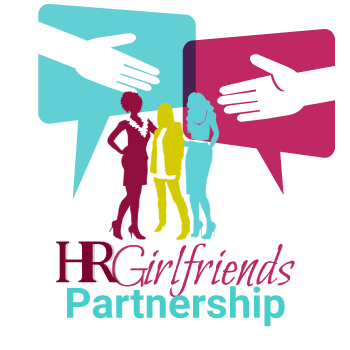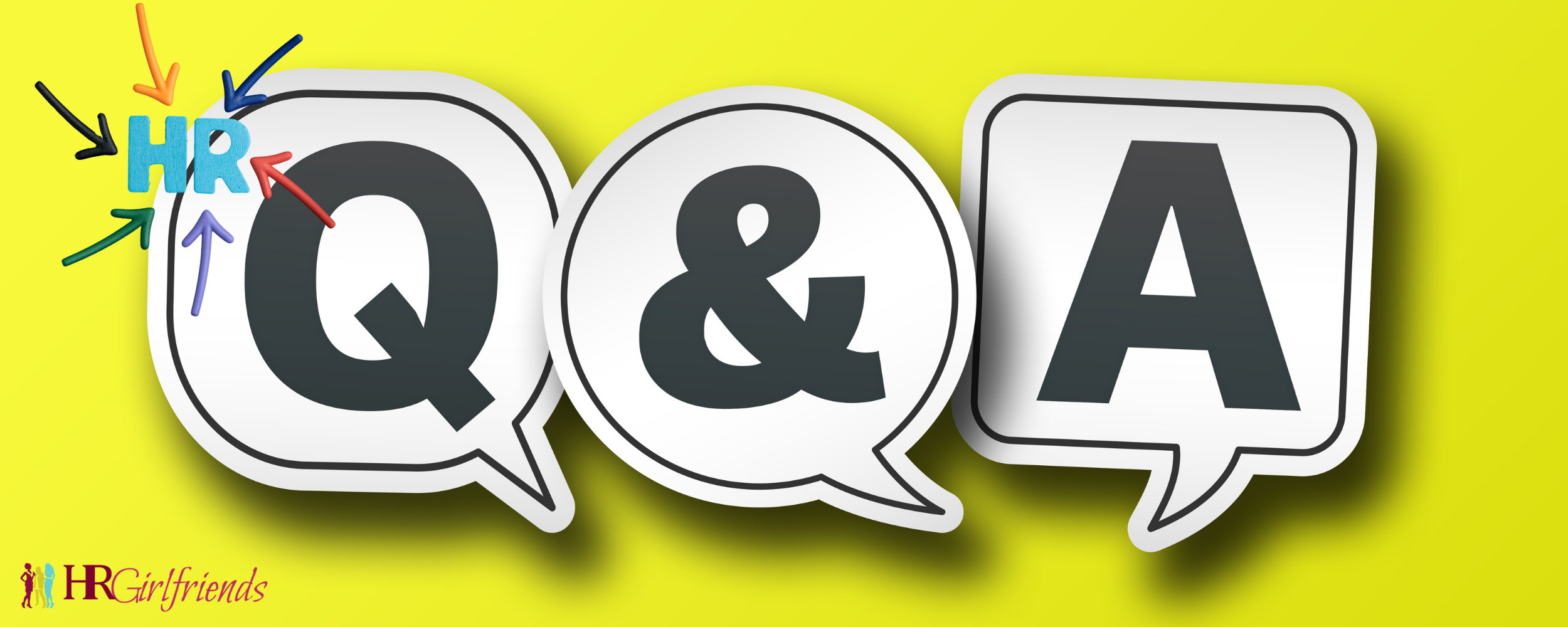I was honored to be the keynote speaker at EBG’s invitation only breakfast on April 27th. The opportunity reminded me that whenever I am in the room with other HR professionals I feel right at home.
My talk was entitled Best Practices for building a Winning Company Culture: What it Takes to Engage the Modern Employee and the Upside of Rewarding. The presentation allowed me to explore various aspects of HR’s contributions to enhancing employee engagement, with a a focus on rewarding employees.
Of all the points made during my presentation the three that stand out to me can often be missed, by even the savviest of HR professionals’.
Dr. Phil
Dr. Phil can often be quoted saying that “a relationship is only as good as it’s ability to meet the needs of the two people in it”.
The first thought that popped in your head may have included a family member or significant other. Don’t worry, that’s how I came to love this quote; But what if we inserted the employer and employee?
Employees tend to quit jobs because of what they perceive as a one-sided relationship. It is important for HR and leadership to identify what really motivates their employees and just do it. That may sound easier said than done, but very possible.
Employees want to be recognized and supported. If you don’t believe me then ask them. The onus is on HR and leadership to stabilize and maintain the tone of the employment relationship. My guess is that employees will follow suit, as they usually do, provided the culture is positive and conducive for carrying out their tasks at hand.
Define It
All too often leadership identifies a problem that HR is tasked to solve, without very little thought to identifying the root cause. Low sales and other negative patterns tend to be a symptom of a larger issue. Sure, you can temporarily fix low sales with higher incentives or some other initiative, but the symptom may come back.
Let’s say your administrative staff is struggling to meet deadlines. You may be inclined to address the timeliness of their work without addressing the root cause. If you addressed the root cause you may find out that they feel overworked and underappreciated. With that additional information, you could change their work experience and potentially ward off any looming resignations.
An idea would be to examine their workload to ensure it is manageable and reasonable. In concert with your examination, you could begin a rewards program for the support staff within your organization to recognize them for their hard work.
Determine the Budget
Money, oh money!
I know that money is a sensitive subject for many organizations, but it doesn’t have to be.
When challenged with where to find the money to begin a rewards program consider a few things:
1. It is possible to re-allocate the existing budget to implement a rewards program. For instance, the $10K allocated to this year’s holiday party can be reduced by an agreed upon number for the purposes of implementing the rewards program. Yes, this will mean one less round of open bar for the staff, but the benefits of a year-round recognition program outweigh most sacrifices.
2. Leadership wants to see the ROI on the rewards program before it begins. The best way to navigate the conversation is to request case studies and other current data from your rewards program partner, like PlumBenefits. They want you to be successful in determining the budget and will provide you with as much assistance as you need to succeed.
3. You must know what’s important to your organization and use that as leverage. Let’s say the leadership team has been toying with the idea of starting a corporate social responsibility (CSR) initiative. A rewards program is a great way to kick off and maintain a CSR program at your organization. As an example, if your organization values community service employees could be rewarded to volunteer time with a non-profit within the community. This initiative would have a layered effect: engagement of staff, rewarding staff and serve as a marketing tool for the organization.
I know as well as anyone how busy it gets within HR. No matter how busy things get we must remember that if, not for the employees we would be out of a job. HR has a duty to support and maintain a healthy and happy culture, where the employer and employee are engaged in a reciprocal relationship.
Identifying and supporting initiatives to engage employees is the most talked about subject, but many organizations fail to get it right. As an HR professional never forget that engagement starts with you!

Sana’ Rasul is the President & Chief Girlfriend of HR Girlfriends, a Human Resources networking organization dedicated to advancing the practice and culture of people empowerment. Her team of Girlfriends consult, train, educate, develop, share, promote and advocate for solutions in the field of human resource management. Sana’ is also a credentialed Career Strategist, at TheCareerHelpDesk.com, where she has helped professionals across all industries create a next level career plan, negotiate compensation and develop strategies to land the job, not just the interview.




